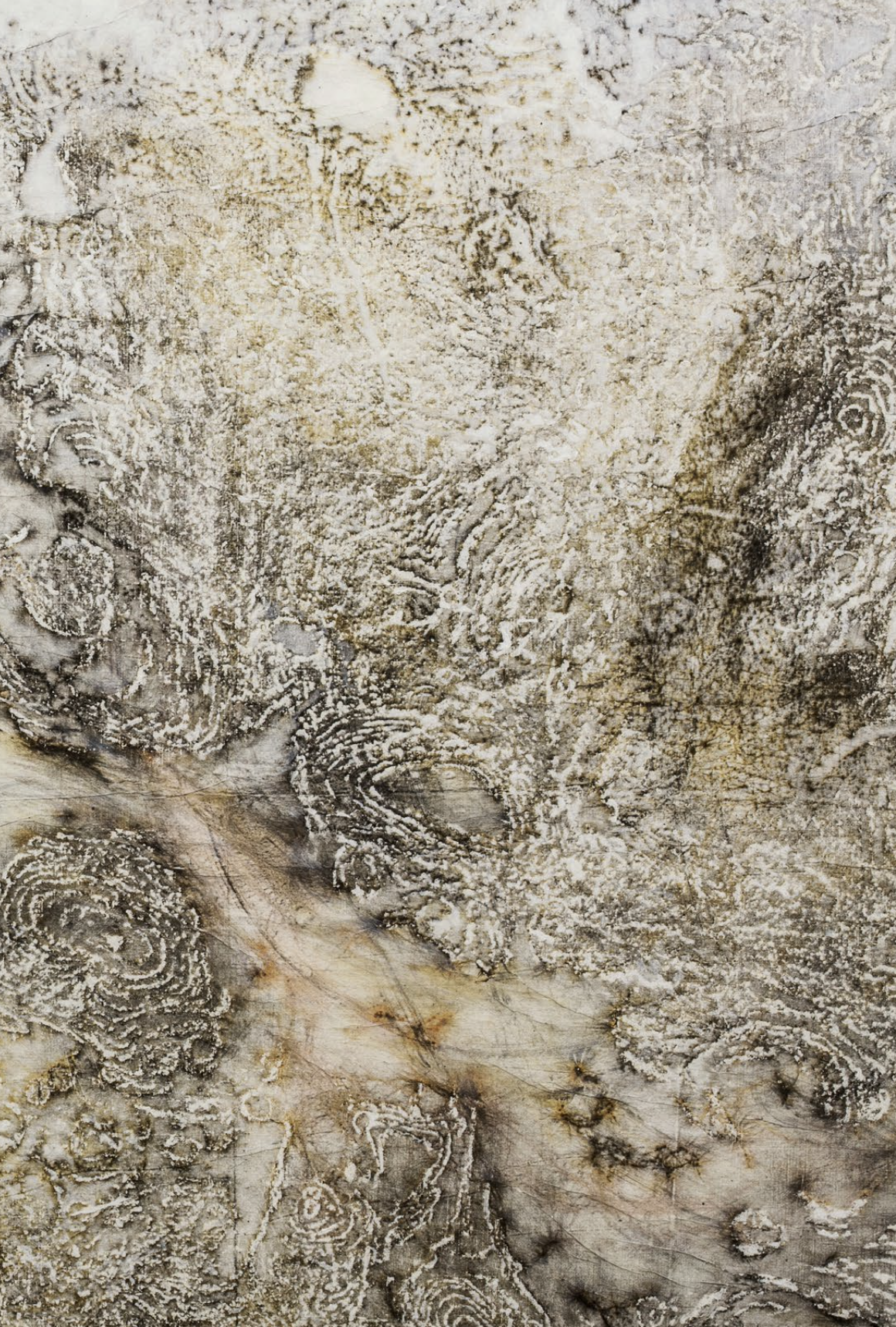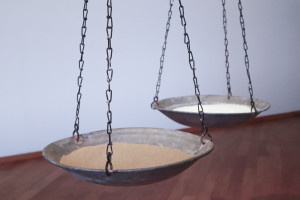This painting is a wall print taken from the terminal stop “Marsa Beach”, a seaside resort in the northern suburbs of Tunis. The place is famous for a 500-meter-long promenade, which is at least 500 meters short of the beach. Nevertheless, it attracts people from the whole capital either to enjoy water and sun during the day or to promenade in the evening.
International and local tourism was “discovered” in Tunisia after its independence from the French and quickly became an important economic resource that rapidly developed into a prospering industry. The beaches became the backbone of the Tunisian GDP. Long parts were leased to and managed by resorts, spas, and (mostly) European tourist agencies. But a few beaches, like Marsa Beach, were still reserved for locals.
The print was taken from a wall that was built around 1782 and which eroded through the salty air from the sea. The painting documents this beautiful decay. The prosperous time when tourism flourished lasted three decades. In the end, Tunisia became one of the lowest-priced destinations for beach holidays, and today, after so much political and cultural instability, most Tunisians who once lived very well from this industry are out of work. It is a commentary on the flow and ebb of money and mass tourism that is common in Tunis and the rest of the Mediterranean.








